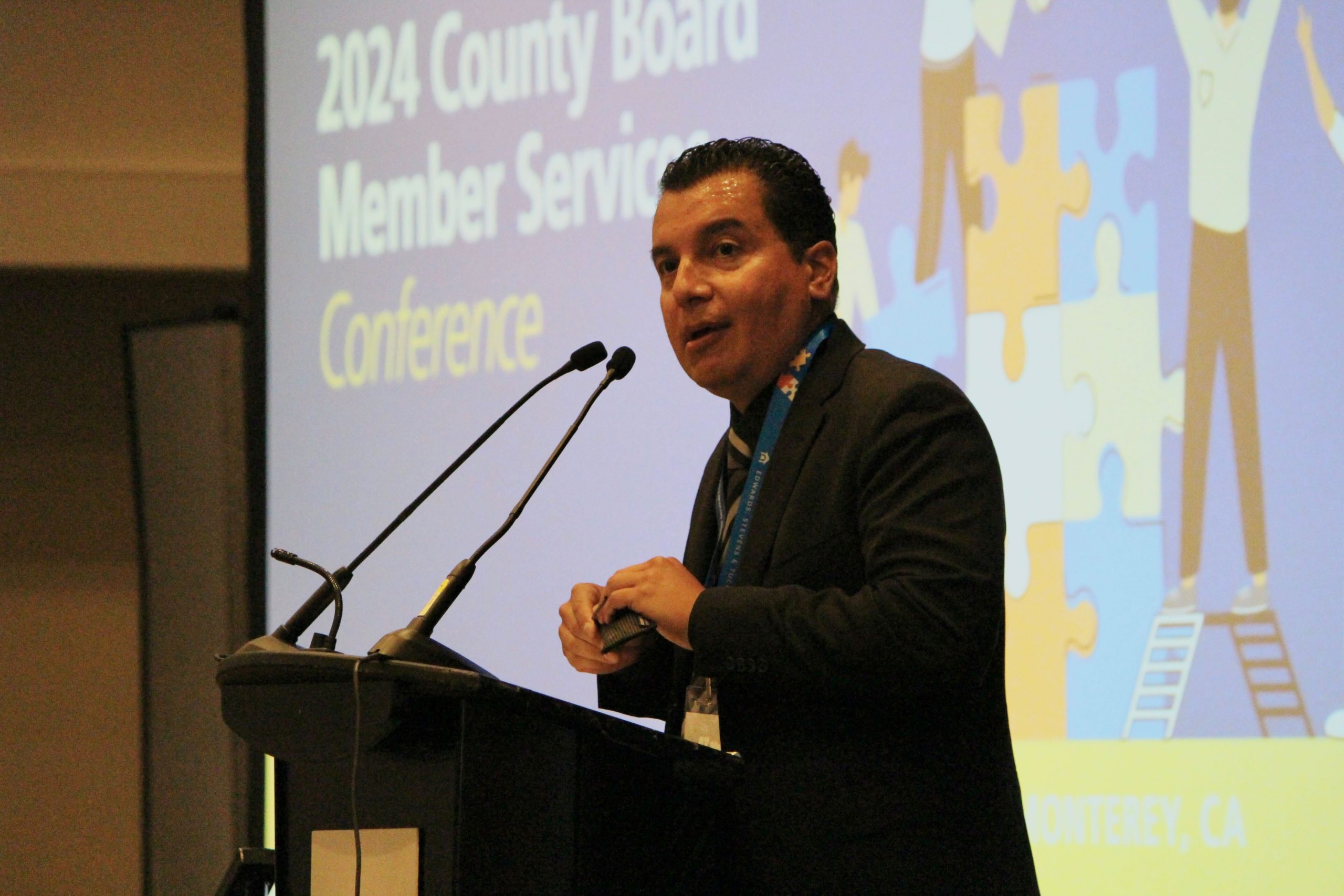Local educational agencies often ask, “What is the minimum timeline for posting, reviewing and approving board policies and administrative regulations at board meetings?” Customarily, CSBA recommends that LEAs place board policies and administrative regulations on the board meeting agenda as an information item with the opportunity for public comment, and then as an action item for approval at a subsequent board meeting. This is colloquially referred to as a first and second reading. However, a second reading is generally not required by law and may be waived by the board as specified in CSBA sample Board Bylaw 9310 – Board Policies. Boards may instead place the policies and regulations on the agenda as an action item for a first reading and adoption at the same meeting. This might be prudent when actions need to be taken immediately or for boards that only meet monthly and find the traditional timeline too lengthy. Boards should always follow the Brown Act’s posting requirements regarding the agenda and any board policies placed for review on that agenda.
When considering the processes for updating and approving changes to board policies and regulations, boards should consider several factors: Is there a substantial interest from members of the public on the topic? Has there been ample opportunity for the public to provide input on the existing policy and proposed changes? Does the board have sufficient opportunity to review the policy, understand the impact of its implementation and ask questions from staff? Does the topic require urgent board action?
Boards are reminded that, in circumstances needing urgent action, it may be more practical to use other means, such as a board resolution, rather than adopting temporary policy changes. For example, see “CSBA’s Sample School Board Resolution on Grading During Emergency School Closures,” available at www.csba.org/resolutions.
In contrast, administrative regulations, which guide the operation of the district, are developed by the superintendent and can generally be amended as needed without prior board approval, even when the district has a regular practice of board review and/or approval of new administrative regulations for the purpose of ensuring conformity with the intent of board policy. CSBA recommends that the board is notified afterwards of the changes to regulations, which can be ratified at a future meeting, if so desired. Further, CSBA sample Board Policy 2210 – Administrative Discretion Regarding Board Policy gives authority to the superintendent to make decisions when situations are not addressed in written policies.
The process for adopting new board policies and regulations may be flexible to the needs of each LEA, but careful consideration of the context and timeliness of implementing the policy should inform how the district or county office chooses to approve changes. To further explore the board policy development process, board members can review CSBA’s sample Board Bylaw 9310 – Board Policies.





